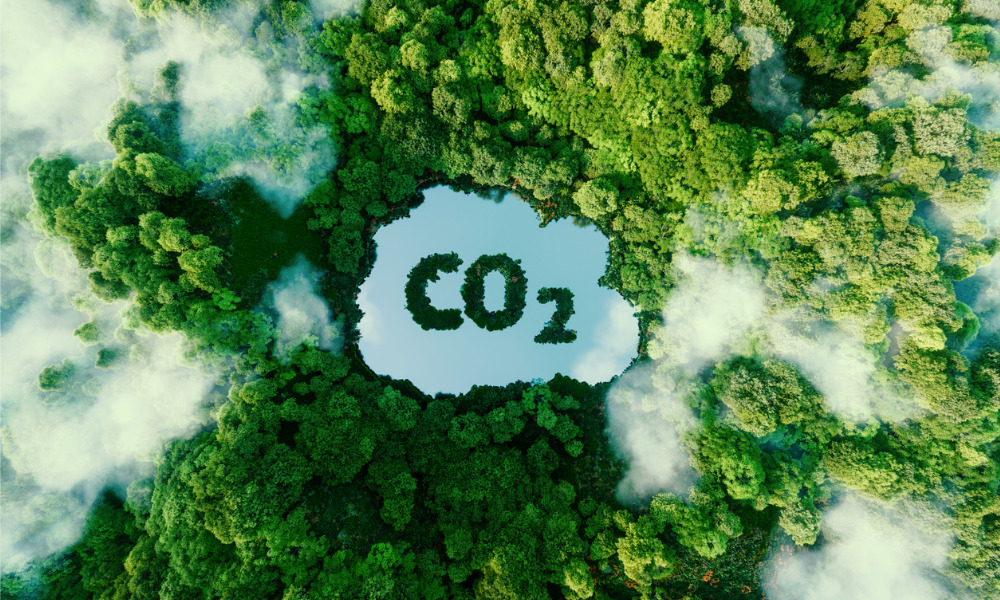

A massive deployment in renewable power production in 2023 wasn’t enough to prevent another record high for global carbon dioxide emissions.
That’s according to the latest data from the International Energy Agency, which shows the green energy boom has blunted — but not yet reversed — the annual increase in planet-warming gases.
Energy-related CO2 emissions rose 1.1% to 37.4 billion metric tons last year. That represented an increase of 410 million tons, down from a increase of 490 million the year before.
One major contributor to the degree of last year’s increase in emissions was extreme drought, which cut the capacity of hydropower production in countries including China and the US. Climate change is set to make droughts more common and severe, undermining the reliability of one of the world’s biggest sources of renewable power.
Still, sources including wind, solar and nuclear power are helping to make a dent in the use of fossil fuels.
“Without clean energy technologies, the global increase in CO2 emissions in the last five years would have been three times larger,” the Paris-based IEA said.

Integrated Partners is adding a mother-son tandem to its network in Missouri as Kestra onboards a father-son advisor duo from UBS.

Futures indicate stocks will build on Tuesday's rally.

Cost of living still tops concerns about negative impacts on personal finances

Financial advisors remain vital allies even as DIY investing grows

A trade deal would mean significant cut in tariffs but 'it wont be zero'.
RIAs face rising regulatory pressure in 2025. Forward-looking firms are responding with embedded technology, not more paperwork.
As inheritances are set to reshape client portfolios and next-gen heirs demand digital-first experiences, firms are retooling their wealth tech stacks and succession models in real time.
